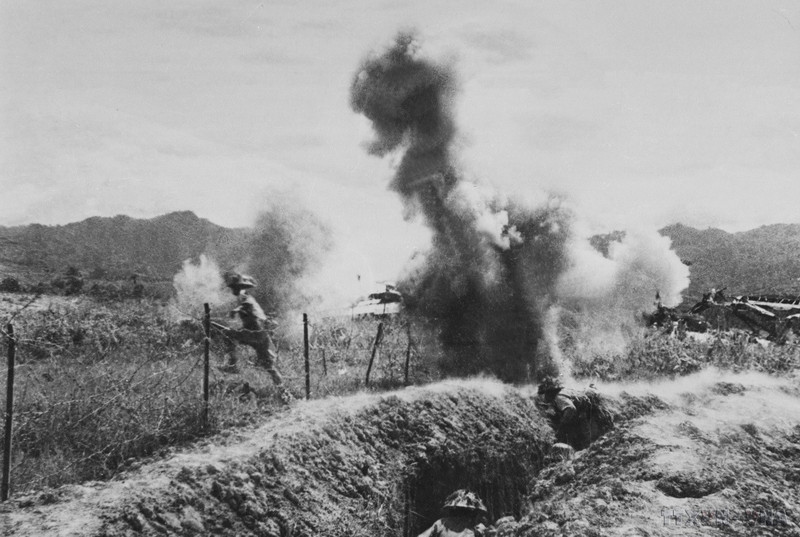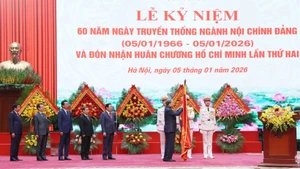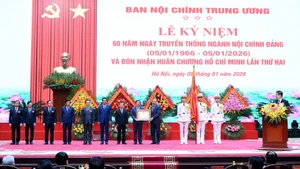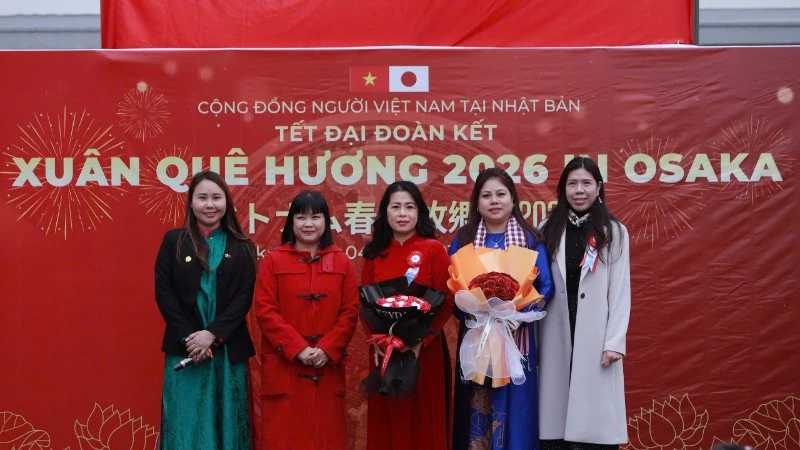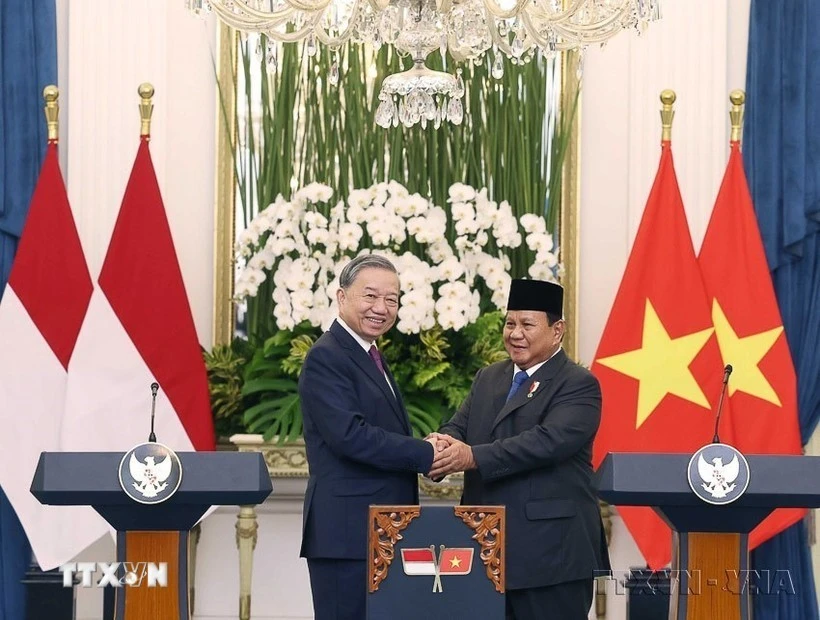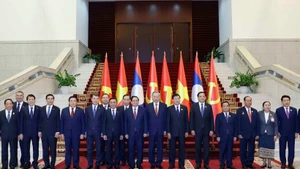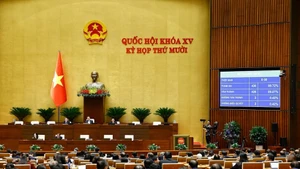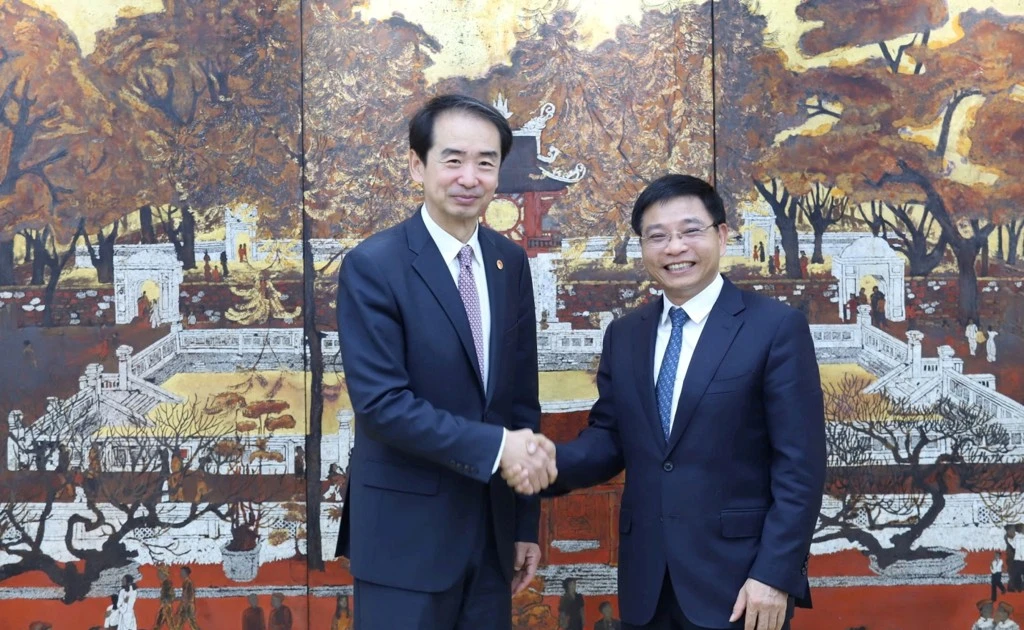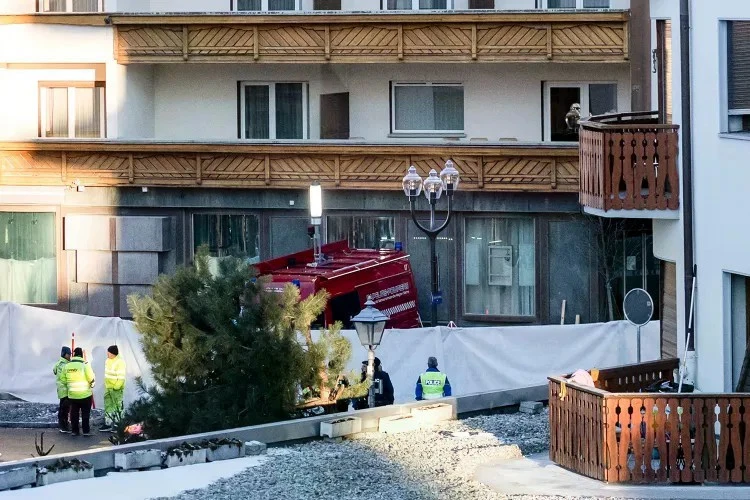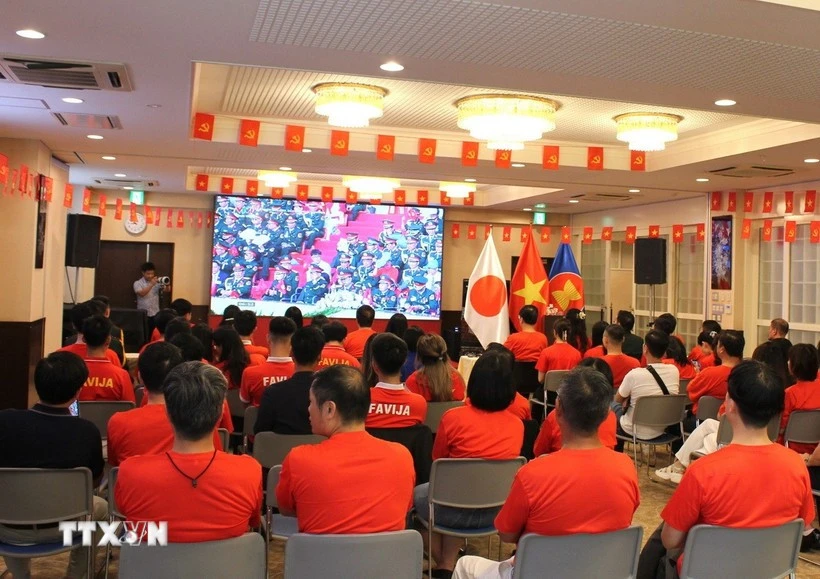At 9:00 a.m. on the same day, enemy artillery from Muong Thanh, High Point 204, mortars at High Point 206 and all kinds of infantry fire from the horizontal trench axis fired fiercely at the defensive position of Battalion 16. After 40 minutes of bombardment, a platoon of European and African soldiers from the centre advanced along the road to attack our defence lines.
On Line 1, Vietnamese troops waited for the enemy to approach before simultaneously opening fire. The enemy was suddenly attacked, and some were killed, while the rest fled towards the centre.
Artillery and mortars from the regiment and division fired at the airport and the area where the enemy concentrated at the intersection, destroying several enemies. Once again, the enemy's attack was defeated.
On the same morning, the enemy launched the 6th Parachute Battalion to attack the battlefield of Regiment 88. The fighting took place fiercely from morning to evening. On three occasions, the enemy captured our front positions but was beaten back by the soldiers of Battalion 23, Division 88, Regiment 308.
Learning from the experience of the battle at Base 106, Division 36 advocated destroying Base 206 by secretly digging trenches, passing through layers of enemy barbed wire fences, while digging trenches and building fire positions.
At the same time, they proactively usedfirepower to destroy enemy gun emplacements and bunkers in the outer ring. The above creative fighting method is called the siege tactic by the Regiment. The regiment organised a fire line consisting of bazookas, 82mm mortars and several snipers to suppress the enemy in the station, creating conditions for Vietnamese soldiers to dig trenches and surround them.
At Dien Bien Phu, the enemy stronghold was only connected to the outside by a one-way air bridge because it could no longer relieve wounded soldiers. The enemy's morale was broken, and many deserters asked to join the Vietnamese army.
